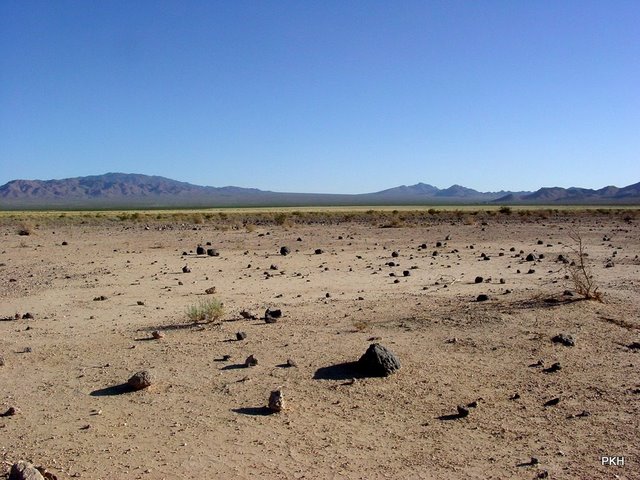Southern Nevada Soil Is Unique
Digging here presents unique challenges.
Posted 05:04 July 11, 2025
Last Updated 05:04 July 11, 2025

The coarse texture of southern Nevada’s soil, high in sand and gravel, affects its behavior during excavation. Sandy soils, as found in the Las Vegas series, have low cohesion and can collapse easily when disturbed, posing risks to workers and underground utilities. Hydrovac trucks excel in these conditions by using pressurized water to break up the loose soil and vacuuming the resulting slurry into a debris tank, creating clean, stable excavations without destabilizing the surrounding area. This is critical in southern Nevada, where urban development has increased the need to dig around dense networks of gas lines, water pipes, and fiber optic cables. The precision of hydrovac trucks prevents costly utility strikes, which caused over 160,000 incidents nationwide in 2022, and ensures compliance with regulations mandating non-mechanical digging near utilities.
Another unique feature is the presence of caliche, a hardpan layer found 10–40 inches below the surface in many southern Nevada soils. This cemented calcium carbonate, common in the Las Vegas series, resists traditional excavation tools like backhoes, which can damage equipment or utilities. Hydrovac trucks address this challenge effectively, as their high-pressure water—often heated for tougher materials—can break through caliche without sharp tools that risk sparking or fracturing pipes. The ability of hydrovac trucks to adjust water pressure and use heated water also makes them ideal for southern Nevada’s occasional frozen soils during winter, ensuring year-round usability where mechanical methods falter. This adaptability enhances the efficiency of hydrovac excavation in the region’s unique geological conditions.
Southern Nevada’s soil also has low organic content and sparse vegetation, primarily creosote bush and mesquite, due to its arid climate. This low biological activity reduces soil stability but minimizes root interference, making hydrovac excavation particularly effective. Hydrovac trucks can remove loose, sandy topsoil without disturbing nearby ecosystems, preserving the desert’s fragile environment. Their sealed debris tanks prevent contamination, aligning with environmental regulations and supporting sustainable urban development in areas like Las Vegas, where urbanization is rapidly expanding. By containing slurry, hydrovac trucks reduce the risk of dust or runoff, critical in a region prone to wind erosion.
The chemical properties of southern Nevada’s soil, including high alkalinity and low nutrient content, further distinguish it. These soils often have a pH above 7.5, limiting nutrient availability but not directly impacting excavation. However, hydrovac trucks benefit from this by requiring less water to create slurry in low-clay soils, improving efficiency. As southern Nevada’s infrastructure grows, with the hydrovac trucks market projected to reach $1.5 billion globally by 2025, the region’s unique soil characteristics—sandy, caliche-laden, and biologically sparse—make hydrovac excavation a vital tool for safe, precise, and environmentally responsible digging, protecting both infrastructure and the desert landscape.
